Zoniana is a village and the seat of the homonymous community in the Mylopotamos municipality, Rethymno regional unit, Crete, Greece. The village’s name has evolved over time. It was initially called Zouliana, after a shepherd named Za who discovered water in the area. Later, it was known as Zoutolakos, meaning “Za’s pit.” The current name, Zoniana, is believed to be derived from the local expression “Zone Thee,” which translates to “Hear me, God,” invoking the god Zeus.
Historical References
Zoniana’s historical narrative extends far beyond the Venetian records of 1577. The village’s origins are intertwined with ancient legends, suggesting a connection to the mythical figure of Zeus. The name “Zoutolakos” (Za’s pit) alludes to a belief that Zeus was buried in the area. The presence of the Sfendoni Cave, with its potential for archaeological discoveries, further hints at a rich and layered past.
In 1821, the villagers revolted against the Ottomans under the leadership of Mavrogyannis. During the Cretan revolt of 1866, 17 Zonian residents fought at the Arkadi Monastery and were killed in the tragic events that unfolded there. The village also saw its share of casualties in the Balkan Wars, the Asia Minor Campaign, and World War II.
In more recent times, Zoniana has made headlines due to clashes with law enforcement. In 2006 and 2007, armed individuals in the village engaged in shootouts with police during operations targeting cannabis cultivation.
Location and Dimensions
Perched on the northern slopes of Mount Psiloritis, Zoniana enjoys a strategic location with breathtaking views. Its elevation of 630 meters provides a cool climate and a sense of isolation, contributing to the village’s unique character. Zoniana covers a considerable area, accommodating its population and agricultural activities. The surrounding landscape is a mix of rugged mountains, fertile valleys, and traditional stone houses, creating a picturesque and timeless scene.
Historical Significance
Zoniana’s historical significance lies not only in its resistance against foreign powers but also in its preservation of Cretan traditions and customs. The village’s strong sense of identity and community is rooted in its history of self-reliance and defiance. The absence of foreign conquerors throughout its history has allowed Zoniana to maintain a distinct cultural heritage, evident in its local dialect, music, and folklore.
Population Data Over the Years
Year |
Population |
|---|---|
1671 |
57 |
1900 |
509 |
1940 |
789 |
1991 |
1,281 |
2001 |
1,578 |
2011 |
1,117 |
2015 |
1,008 |
2021 |
1,206 |
Current Status
Zoniana today is a vibrant community that balances its traditional way of life with modern challenges. Agriculture and livestock farming remain central to the local economy, while tourism, particularly related to the Sfendoni Cave, is gaining importance. The village’s strong cultural identity, historical significance, and natural beauty make it an attractive destination for visitors seeking an authentic Cretan experience.
Village Key Points
- Historical References: First mentioned as “So” in 1577 by Barozzi.
- Location: Northern foothills of Mount Psiloritis, 630 meters above sea level, 45 km from Rethymno, 43 km from Heraklion.
- Historical Significance: Long history of resistance, participation in various Cretan uprisings, association with the god Zeus.
- Current Status: Primarily an agricultural and livestock farming village with a strong sense of community and historical identity.
Access
Zoniana is 4.7 kilometers away from the town Anogeia and 1.9 kilometers away from Axos.















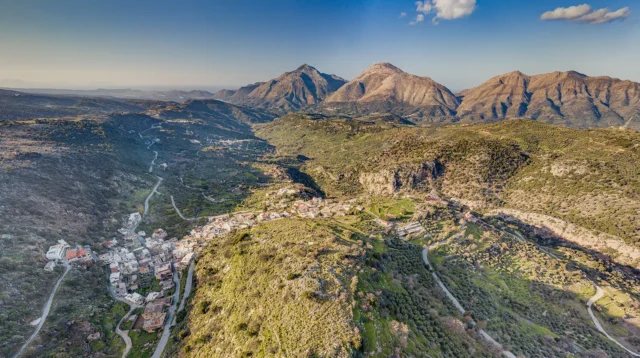
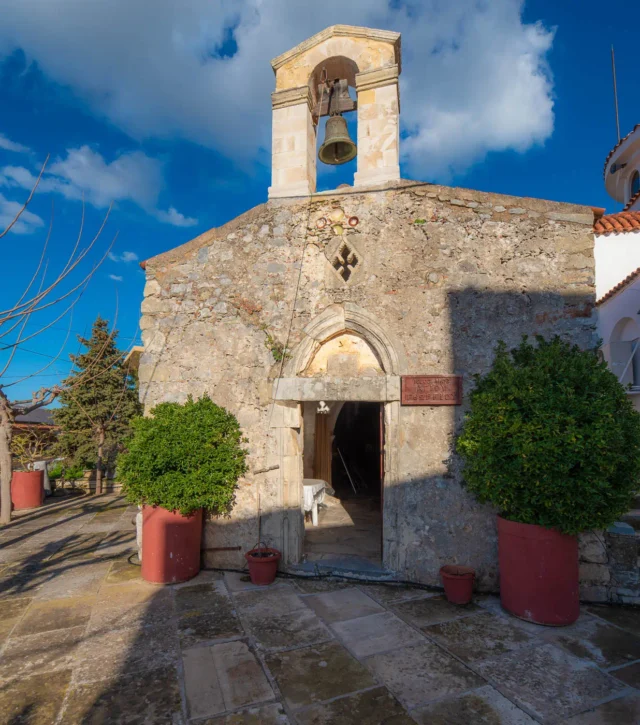
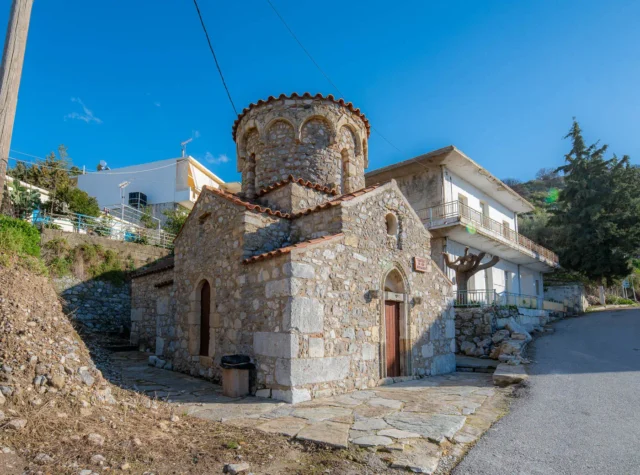
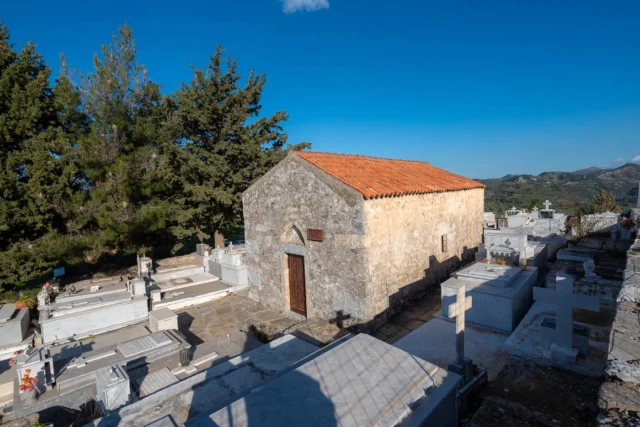


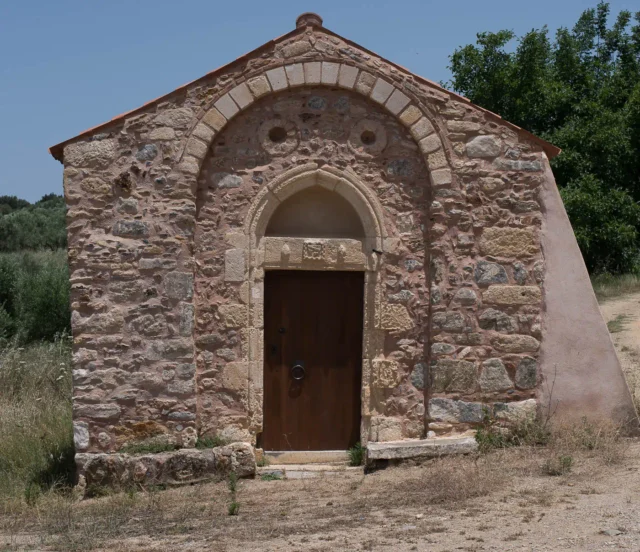
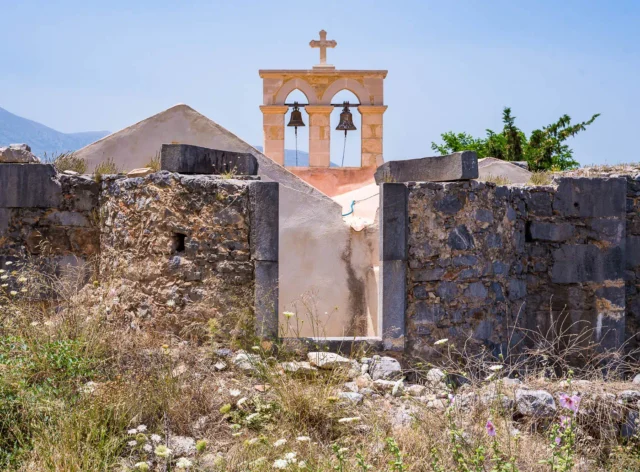
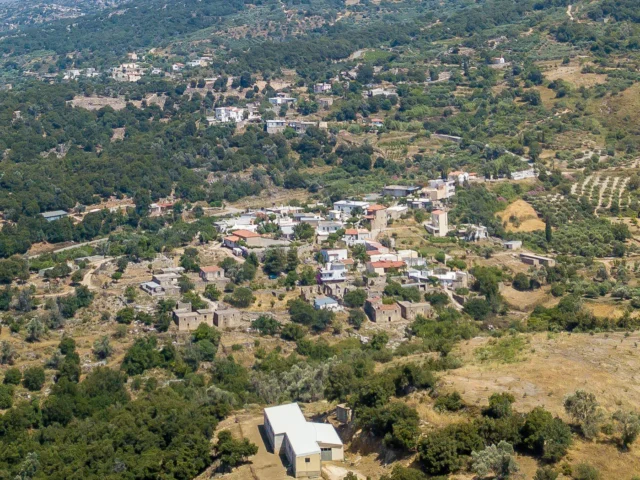

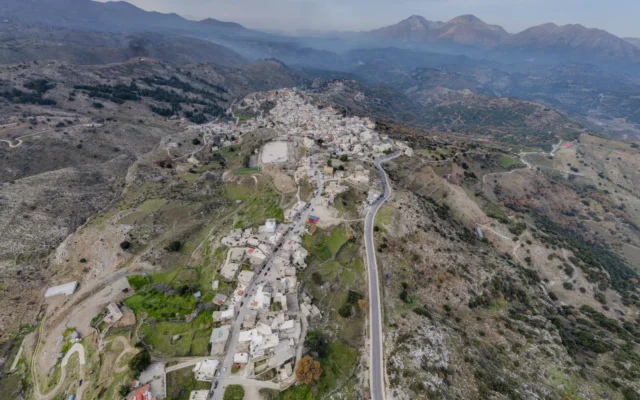
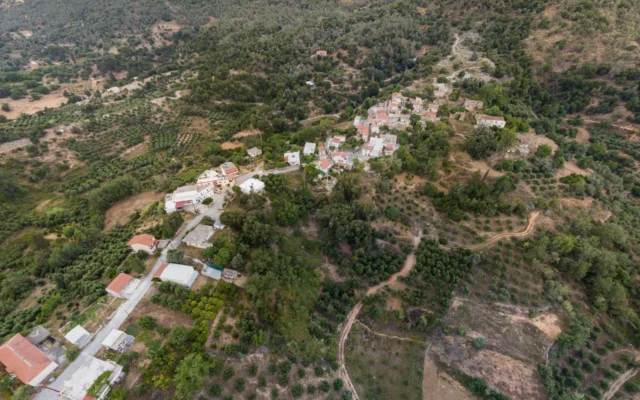

There are no comments yet.